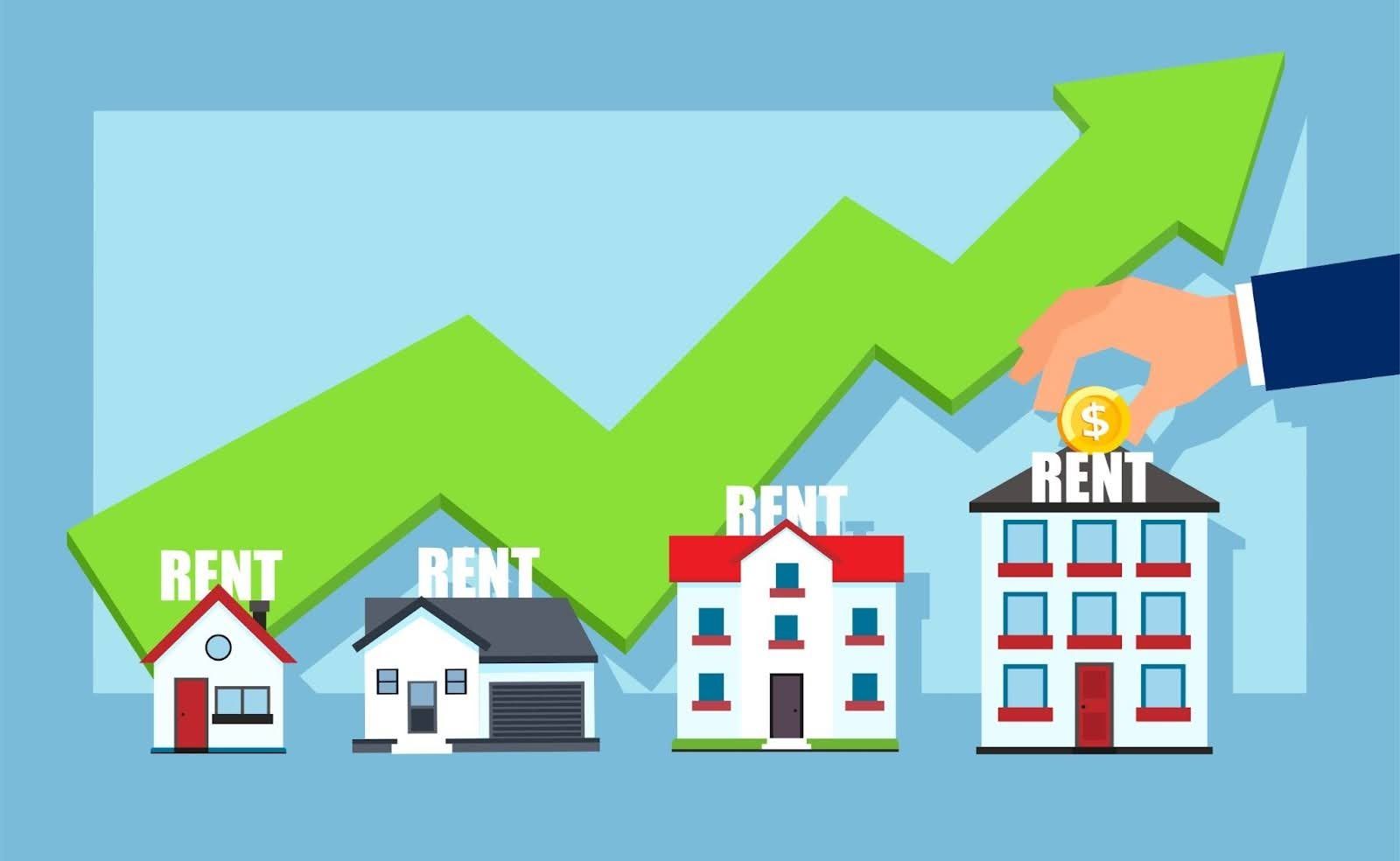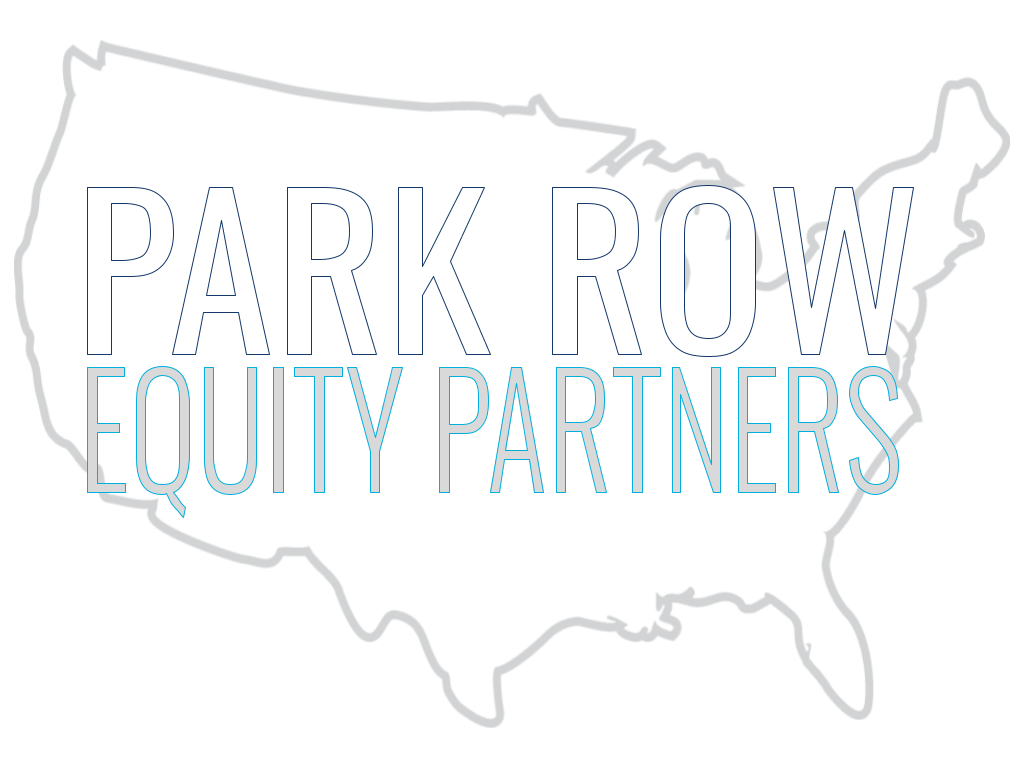OUR INVESTMENT STRATEGY IS ROOTED IN IDENTIFYING LOW-RISK OPPORTUNITIES WITH SIGNIFCANT VALUE-ADD POTENTIAL, ENABLING US TO PRESERVE OUR INVESTORS' CAPITAL AND MAXIMIZING THEIR RETURNS.
Target
Markets
Following extensive due diligence and market research, we identify assets in markets across the United States that have favorable political, economic, and demographic trends. Our team targets assets located near desirable community features and have strong growth potential in areas such as property management, interior renovations, or capital improvements.
Through an informed lens, we identify properties where value-add upgrading has the potential to deliver great returns. This acquisition process allows us the best combination of protecting and growing investor capital.
Value-Add
Investing
Post-acquisition, our team sets and implements a property-improvement budget and plan to update amenities packages and interior features. Lifestyle-focused amenities such as on-site gyms, property-wide Wi-Fi access, sports courts, tech-rich office suites and dog parks are incorporated to attract tenants willing to pay more for these conveniences.
We operate on value-add principles that ensure our investing partners are positioned for strategic growth and above-average return on investment (ROI) for both the short-term cash flow and long-term equity appreciation.
Investor
Returns
After the improvement phase, we use innovative, high-technology marketing tools that drive an efficient, cost-effective asset management system which delivers higher monthly/quarterly returns for our investors. Rent tiers are evaluated annually, and increases applied as appropriate, resulting in stable long-term growth.
And when it comes to investing, it's not just about numbers and returns – it's about trust, transparency, and helping you make smart choices that align with your financial goals. As a passive investor, you experience transparency with our secure Investor Portal, as well as financial updates and investment distributions, so you always know how your investment is performing.
Exit Strategy
We generally focus on a 5-7 year hold period, with an ability to refinance beforehand if economic conditions are attractive. Through refinancing, a large percentage of the cash may be extracted, while preserving the income stream and potential for future appreciation and added tax benefits for each investor.
The exit for investors occurs upon the successful sale of the property, after making the value-add improvements and enhancing the property's performance through improved management of the property. We take a highly detailed and thorough approach for every asset exit strategy.
PARK ROW EQUITY PARTNERS MANAGES JOINT VENTURE MULTIFAMILY PROPERTY INVESTMENT PARTNERSHIPS THROUGHOUT THE UNITED STATES, BRINGING OVER FIVE DECADES OF EXPERIENCE TO EVERY PROJECT.
OUR INVESTMENT STRATEGY IS ROOTED IN IDENTIFYING LOW-RISK OPPORTUNITIES WITH SIGNIFCANT VALUE-ADD POTENTIAL, ENABLING US TO PRESERVE OUR INVESTORS' CAPITAL AND MAXIMIZING THEIR RETURNS.
OUR INVESTMENT STRATEGY IS ROOTED IN IDENTIFYING LOW-RISK OPPORTUNITIES WITH SIGNIFCANT VALUE-ADD POTENTIAL, ENABLING US TO PRESERVE OUR INVESTORS' CAPITAL AND MAXIMIZING THEIR RETURNS.
Investment Strategy
Target
Markets
Following extensive due diligence and market research, we identify assets in markets across the United States that have favorable political, economic, and demographic trends. Our team targets assets located near desirable community features and have strong growth potential in areas such as property management, interior renovations, or capital improvements.
Through an informed lens, we identify properties where value-add upgrading has the potential to deliver great returns. This acquisition process allows us the best combination of protecting and growing investor capital.
Value-Add
Investing
Post-acquisition, our team sets and implements a property-improvement budget and plan to update amenities packages and interior features. Lifestyle-focused amenities such as on-site gyms, property-wide Wi-Fi access, sports courts, tech-rich office suites and dog parks are incorporated to attract tenants willing to pay more for these conveniences.
We operate on value-add principles that ensure our investing partners are positioned for strategic growth and above-average return on investment (ROI) for both the short-term cash flow and long-term equity appreciation.
Investor
Returns
After the improvement phase, we use innovative, high-technology marketing tools that drive an efficient, cost-effective asset management system which delivers higher monthly/quarterly returns for our investors. Rent tiers are evaluated annually, and increases applied as appropriate, resulting in stable long-term growth.
And when it comes to investing, it's not just about numbers and returns – it's about trust, transparency, and helping you make smart choices that align with your financial goals. As a passive investor, you experience transparency with our secure Investor Portal, as well as financial updates and investment distributions, so you always know how your investment is performing.
Exit
Strategy
We generally focus on a 5-7 year hold period, with an ability to refinance beforehand if economic conditions are attractive. Through refinancing, a large percentage of the cash may be extracted, while preserving the income stream and potential for future appreciation and added tax benefits for each investor.
The exit for investors occurs upon the successful sale of the property, after making the value-add improvements and enhancing the property's performance through improved management of the property. We take a highly detailed and thorough approach for every asset exit strategy.
Why Multifamily Real Estate?
Multifamily real estate refers to residential apartment properties that include separate rental housing units for multiple inhabitants. The units are contained within one building or in several buildings within one complex.

Resilience and Diversification of Rental Income
Unlike commercial properties that rely on just a few tenants, multifamily investments generate income from hundreds of residents. This broad and diversified tenant base - with different sources of income - reduces risk, cushions against vacancies, and provides consistent, stable cash flow—month after month.
Population and Consumer Trend Tailwinds
Our culture and country are changing. Homeownership is declining and people are waiting longer to get married and become parents, which expands the time in their lives where they typically rent, leading to a greater need for multifamily rental properties.
Multifamily Performs Well When There is Inflation
Apartment leases are typically 12 months long. Commercial leases are often 5-10 years long. Having a 12-month long lease allows for property owners to adjust their rents up in times of inflation when prices are rapidly rising.
Everyone Needs a Place to Live
Multifamily real estate consistently outperforms other asset classes due to its essential nature - people always need a place to live, regardless of the economy. This steady demand leads to more stable occupancy and income compared to retail, office, or industrial properties, which are more sensitive to market cycles. Multifamily leases typically reset annually, allowing owners to keep pace with inflation and market rents. Additionally, long-term fundamentals remain strong; a severe U.S. housing shortage, coupled with a ~7.5% 30-year mortgage rate has pushed the value proposition of apartment living over home ownership to historic highs.
Tax Shelter for Investors
Multifamily real estate acts as a tax shelter by offering investors powerful tax advantages. Depreciation allows investors to deduct the property’s value over time, reducing taxable income even when the property generates positive cash flow. Mortgage interest and operating expenses are also deductible, further lowering taxable income. Through a 1031 exchange, investors can defer capital gains taxes by reinvesting profits into new properties. These strategies allow investors to grow wealth while significantly minimizing or deferring taxes.
Low-Risk & Resilient
Multifamily is widely regarded as a low-risk and resilient strategy within real estate. There is consistent demand for housing—people always need a place to live, regardless of economic cycles. This steady need creates reliable cash flow, even during downturns, making multifamily properties more stable than many other asset types. Another advantage is income diversification. With multiple units in a single property, the loss of one tenant has a limited impact on overall income. Additionally, well-located multifamily properties appreciate steadily over time, especially in growing markets.
Severe Housing Shortage
The U.S. faces a severe housing supply shortage, with millions more homes needed to meet demand. Decades of underbuilding, restrictive zoning laws, and rising construction costs have led to a gap between available housing and population growth. This shortage drives up home prices and rents.
Recession-proof
Multifamily assets tend to perform well in recessions. As people downsize or seek more affordable living options, the demand for apartments often increases. This counter-cyclical behavior adds a layer of protection during economic slowdowns.
Value-Add Opportunities & Economies of Scale
Multifamily properties offer value-add potential–through renovations, improved management, and operational efficiencies, investors can raise rents and boost property value. Economies of scale also play a role—maintaining and managing multiple units under one roof is generally more cost-effective than managing the same number of single-family homes spread out across different locations.
Economies of Scale
Economies of scale also play a role—maintaining and managing multiple units under one roof is generally more cost-effective than managing the same number of single-family homes spread out across different locations.

Resilience and Diversification of Rental Income
Unlike commercial properties that rely on just a few tenants, multifamily investments generate income from hundreds of residents. This broad and diversified tenant base - with different sources of income - reduces risk, cushions against vacancies, and provides consistent, stable cash flow—month after month.
Population and Consumer Trend Tailwinds
Our culture and country are changing. Homeownership is declining and people are waiting longer to get married and become parents, which expands the time in their lives where they typically rent, leading to a greater need for multifamily rental properties.
Multifamily Performs Well When There is Inflation
Apartment leases are typically 12 months long. Commercial leases are often 5-10 years long. Having a 12-month long lease allows for property owners to adjust their rents up in times of inflation when prices are rapidly rising.
Everyone Needs a Place to Live
Multifamily real estate consistently outperforms other asset classes due to its essential nature - people always need a place to live, regardless of the economy. This steady demand leads to more stable occupancy and income compared to retail, office, or industrial properties, which are more sensitive to market cycles.
Tax Shelter for Investors
Multifamily real estate acts as a tax shelter by offering investors powerful tax advantages. Depreciation allows investors to deduct the property’s value over time, reducing taxable income even when the property generates positive cash flow. Mortgage interest and operating expenses are also deductible, further lowering taxable income.
Low-Risk & Resilient
Multifamily is widely regarded as a low-risk and resilient strategy within real estate. There is consistent demand for housing—people always need a place to live, regardless of economic cycles. This steady need creates reliable cash flow, even during downturns, making multifamily properties more stable than many other asset types.
Severe Housing Shortage
The U.S. faces a severe housing supply shortage, with millions more homes needed to meet demand. Decades of underbuilding, restrictive zoning laws, and rising construction costs have led to a gap between available housing and population growth. This shortage drives up home prices and rents.
Recession-proof
Multifamily assets tend to perform well in recessions. As people downsize or seek more affordable living options, the demand for apartments often increases. This counter-cyclical behavior adds a layer of protection during economic slowdowns.
Value-Add Opportunities
Multifamily properties offer value-add potential–through renovations, improved management, and operational efficiencies, investors can raise rents and boost property value.
Economies of Scale
Economies of scale also play a role—maintaining and managing multiple units under one roof is generally more cost-effective than managing the same number of single-family homes spread out across different locations.
PARK ROW EQUITY PARTNERS MANAGES JOINT VENTURE MULTIFAMILY PROPERTY INVESTMENT PARTNERSHIPS THROUGHOUT THE UNITED STATES, BRINGING OVER FIVE DECADES OF EXPERIENCE TO EVERY PROJECT.

